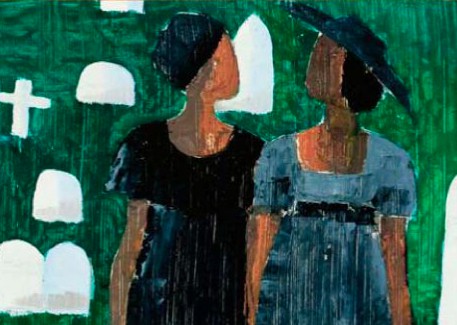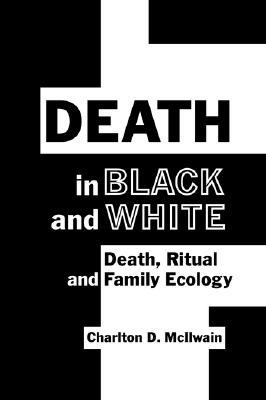1. Let me strongly suggest the “African/Diasporic Deathways” section of our Radical Death Studies Canon. This list of books, essays, videos, news articles and databases that center African/African American death work and Black mourning, grieving, burial, and death practices for cultural understanding. The scholarship included centers on how the Black experience in death is as much about reacting and surviving racist and white supremacist structures as it is a celebration of Black life.
5 Essential Reads on African American Deathways and Death Work
African American death scholar Dr. Kami Fletcher gives us her five essential reads for understanding the African death and mourning experience in America.


2. In Hidden History: African American Cemeteries in Central Virginia, author Lynn Rainville tells us why slave cemeteries and historic African American cemeteries are so very important to American history. Researching more than 150 cemeteries in Virginia, she carefully describes how these spaces are museums of Black life and culture that frankly may not be preserved anywhere else. In this primer, complete with a how-to grave-marker form, Rainville masterfully illustrates how and why Black cemeteries are so important to family genealogy and our nation’s understanding of its racialized urban landscape.

3. In Nine Years Under: Coming of Age in an Inner-City Funeral Home, author and funeral director, Sherri Booker does an amazing job capturing the cultural importance of the Black funeral director to their community. In her easy-to-read conversational style writing, she uses her experience in one of Baltimore’s prominent funeral homes to discourage the myth of the big, bad and greedy boogey undertaker that Jessical Mitford has canonized within Death Studies.

4. Author LeRhonda S. Manigault-Bryant’s book Talking to the Dead: Religion, Music and Lived Memory Among Gullah/Geechee Women is a must read about the importance of Black women as conduits for God because we talk to the dead, which is an ongoing spiritual encounter that consists of dreams, storytelling, and memorialization of loved ones in Gullah/Geechee community.

5. After attending several funerals where the decedent was white and several where the decedent was Black, Charlton McIlwain wrote Death in Black and White: Death, Ritual and Family Ecology in which he successfully argues how it is the emotion of Black mourners and the lack thereof by whites that is the separating factor in why the funerals are so different. McIlwain points out this emoting by African Americans as distinctive due to the attachment to the body and our insistence on proper care and respect and whites being socialized to discourage verbalized public grieving.
Dr Kami Fletcher is an Associate Professor of History at Albright College and President of the Collective for Radical Death Studies. Her research centers African American deathways and death work whereas she use death, grief and mourning as a lens to understand the African experience in America. For more, see her website: www.kamifletcher.
